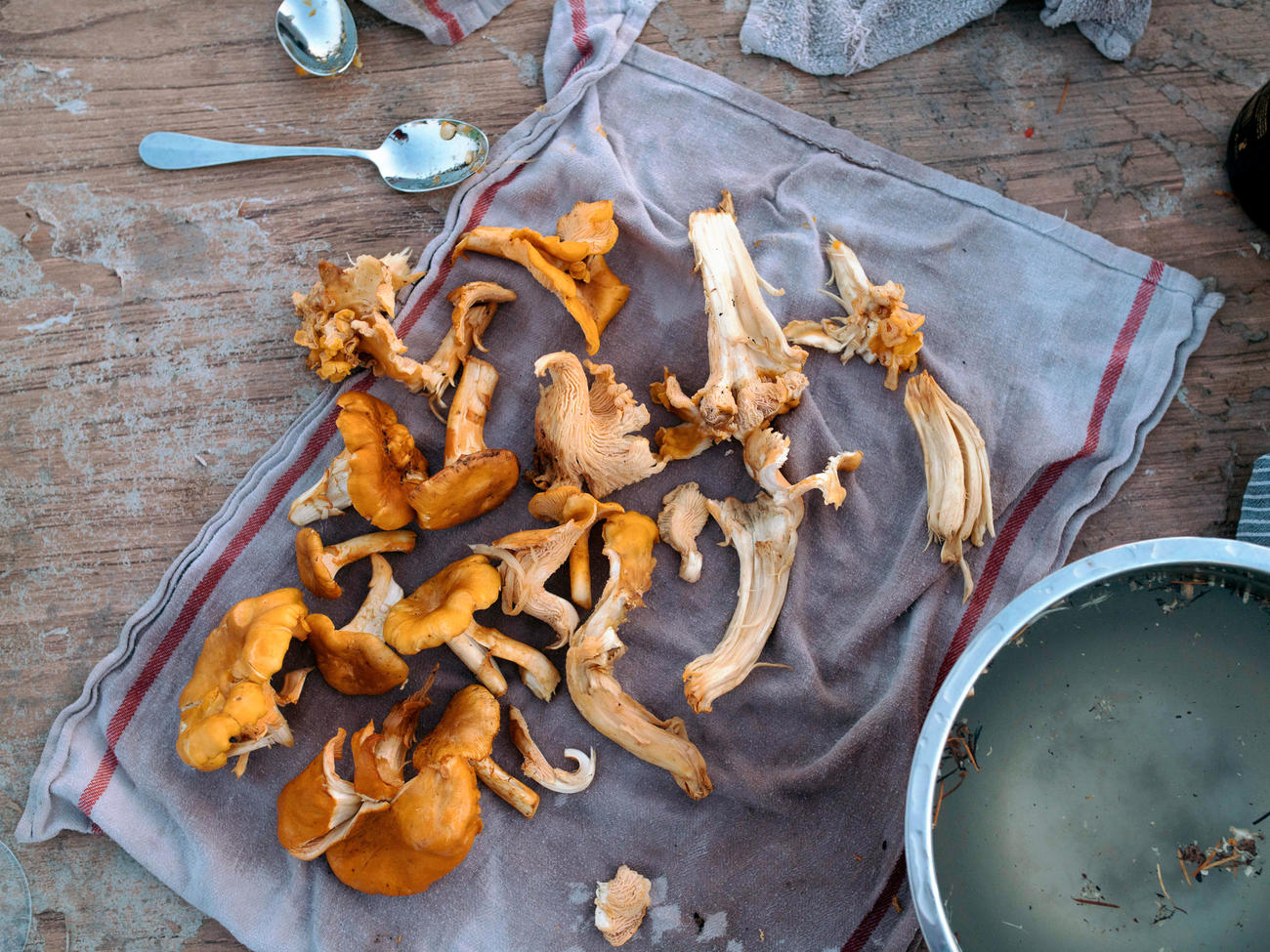
Top 5 Foraging Experiences in the West
Once a hobby for the farmers’-market faithful, foraging has found its way to the mainstream. It informs what we eat, how we travel, and which products we rub on our face. Our guide to getting dirty.

Mushrooms
Forage more than a dozen varieties of edible fungus on a two-hour Sonoma County hike with Relish Culinary Adventures. You’ll learn to identify the day’s haul, nibble on porcini flatbread and sip local Pinot, and prepare your own gourmet mushroom feast complete with a dessert starring … more mushrooms. The local candy cap variety has a maple flavor that’s the perfect addition to bread pudding with tart cherries; relishculinary.com; from Nov–Mar.
Cocktails
Cedar needles. Fennel fronds. Mugwort. By the time you exit the Oakland’s Five Flavors Herbs, where botanical mixologist Brian Wallace’s Foraged Cocktails Workshop is held, you’ll know how to use local, booze-friendly plants to infuse your own spirits, vermouths, and bitters. Wallace encourages you to “make friends with the plants.” You’ll also smell them and crush them and drink them, in this two-hour class, which starts with the mechanics of cocktail infusion and ends with an absinthe bitters-making session, with breaks for earthy tipples in between; foragesf.com. *Please note that Forage SF is currently holding online classes due to the pandemic.*
Acorns
What do pancakes, brownies, and burgers have in common? They can all be made from acorns. People are surprised, says Tucson-based herbalist John Slattery, because “even those interested in wild foods consider them inedible.” Slattery crushes that myth in All About Acorns, a daylong course that traces the acorn’s journey from park to plate. Students get hands-on with the southern live oak, harvesting the nuts, shelling them, and making them into flour. “You can take a gallon of acorns and turn it into ready-to-use flour in two hours,” says Slattery. The day ends with an acorn-based feast. johnjslattery.com.
